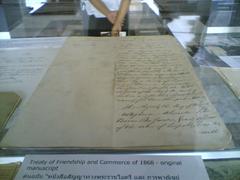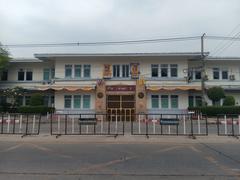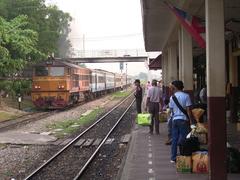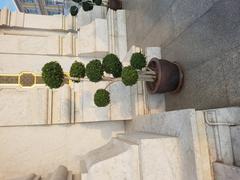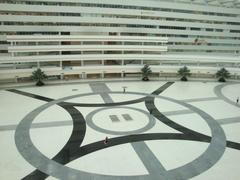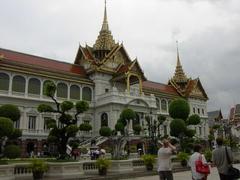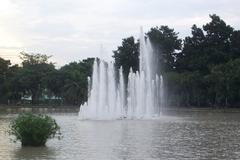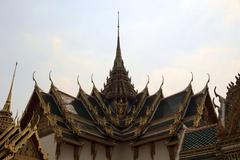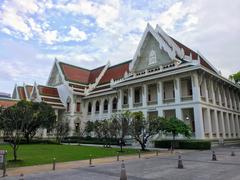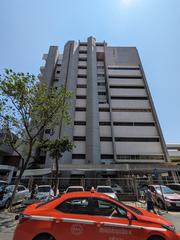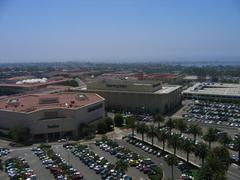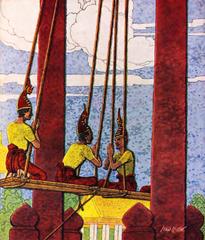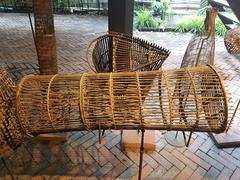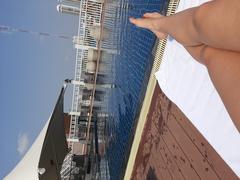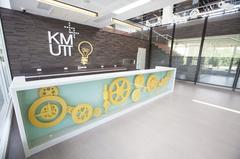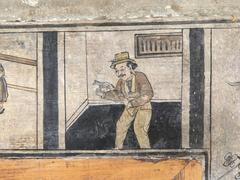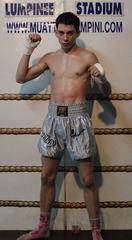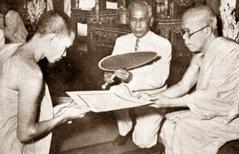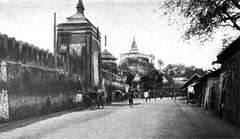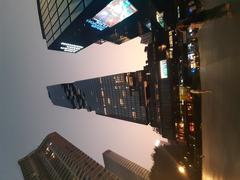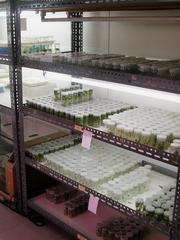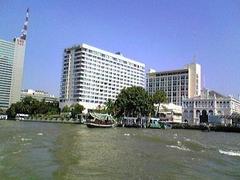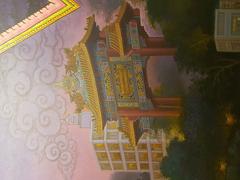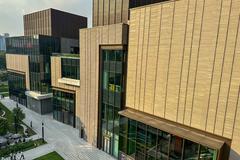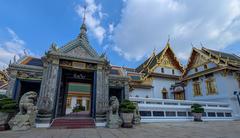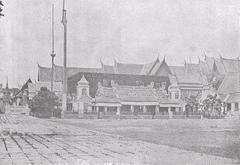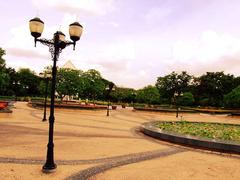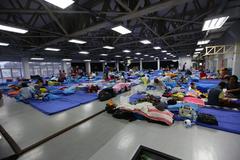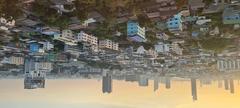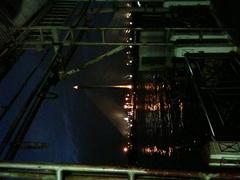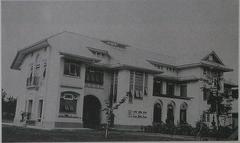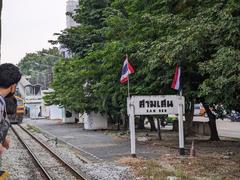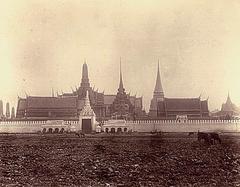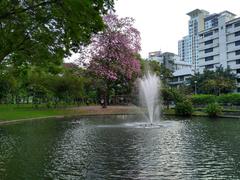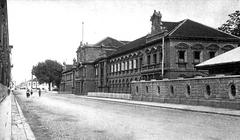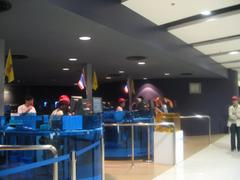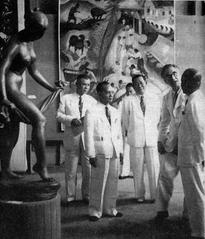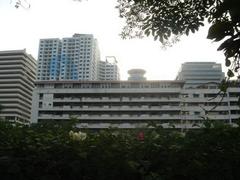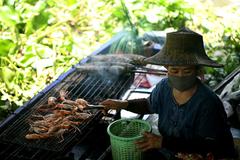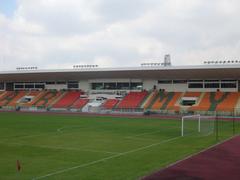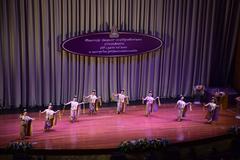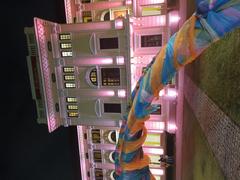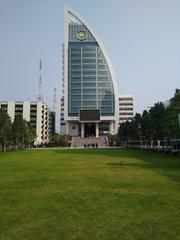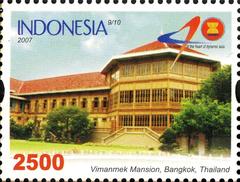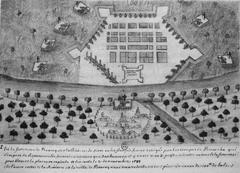Khlong Bang Chueak Nang Visiting Hours, Tickets, and Travel Guide in Bangkok
Date: 04/07/2025
Introduction
Khlong Bang Chueak Nang, located on Bangkok’s Thonburi side, is a remarkable historic canal that showcases the city’s rich cultural, architectural, and communal heritage. Dating back to the Ayutthaya period, this waterway was once a vital conduit for transportation and trade, contributing to Bangkok’s reputation as the “Venice of the East” (thisisbangkok.com). Today, visitors can experience a living tableau of traditional Thai, Mon, and Chinese communities, distinctive stilted houses, tranquil temples, and lively floating markets—all set against the backdrop of ongoing revitalization efforts focused on sustainability and heritage preservation (asianpaths.com; Pacific Leisure TH).
This comprehensive guide offers detailed historical context, practical visitor information (including hours, tickets, accessibility, and travel tips), and recommendations for exploring the vibrant surroundings of Khlong Bang Chueak Nang. Whether you’re a history buff, culture lover, or family traveler, this resource will help you plan an enriching visit to one of Bangkok’s most storied canal communities (thaiest.com; The Simple Travel).
Table of Contents
- Introduction
- Historical Overview
- Cultural and Architectural Significance
- Modern Revitalization and Community Life
- Visiting Khlong Bang Chueak Nang: Hours, Tickets & Accessibility
- Top Attractions and Experiences
- Visitor Tips and FAQs
- Conclusion and Recommendations
- Sources
Historical Overview
Origins and Early Development
Khlong Bang Chueak Nang was constructed during the Ayutthaya period (1351–1767) as part of a complex network of canals that shaped Bangkok’s landscape and facilitated the movement of people and goods. The canal branches from Khlong Mon, extending roughly 3 to 12 kilometers depending on the reference point, and served as a key route for trade, agriculture, and defense (asianpaths.com). Mon communities historically guarded the canal’s checkpoints, while fertile banks gave rise to fruit orchards that still dot the landscape today (en.wikipedia.org).
Role in Transportation, Trade, and Community
Before the advent of modern roads, Khlong Bang Chueak Nang and its connected waterways were Bangkok’s lifelines. Residents traveled and transported goods by boat, creating a vibrant canal-side economy and culture. Wooden homes, floating markets, and spiritual centers flourished along the banks, reflecting a blend of Thai, Mon, and Chinese influences (thisisbangkok.com).
Cultural and Architectural Significance
Community Diversity
The canal is surrounded by neighborhoods that have long hosted Thai, Mon, and Chinese residents. This mix is reflected in local festivals, culinary traditions, and architectural styles. The Mon are especially noted for their Buddhist rituals and pottery, while Chinese influences are visible in temples and festival celebrations (Pacific Leisure TH).
Architectural Highlights
Traditional wooden houses on stilts line the canal, designed to withstand seasonal flooding and maximize ventilation. These homes, often made from teak, feature open verandas and detailed woodwork. Many local temples such as Wat Ko and Wat Thong Bang Chueak Nang display classic Thai Buddhist architecture—multi-tiered roofs, naga motifs, and ornate gables—while Chinese shrines add further color and symbolism (trek.zone; evendo.com).
Living Traditions
Daily life along Khlong Bang Chueak Nang includes morning almsgiving to monks, boat noodle sellers, and lively markets. The area is also home to the Khlong Bang Luang Artist House (Ban Silapin), a restored heritage building that serves as an art gallery and performance space for traditional puppet shows and cultural workshops (thaiest.com).
Modern Revitalization and Community Life
Preservation and Sustainable Tourism
Despite urbanization and the decline of canal transport, Khlong Bang Chueak Nang has retained much of its charm. Revitalization projects focus on cleaning waterways, restoring historic structures, and encouraging sustainable tourism. Local initiatives encourage the preservation of traditional crafts and community-based tourism, such as homestays and guided tours (thisisbangkok.com).
Festivals and Cultural Events
Events like Loy Krathong transform the canal into a scene of illuminated floating baskets, music, and dance, while the Artist House regularly hosts puppet shows and art exhibitions. These events foster community pride and offer visitors a chance to experience authentic local culture (Pacific Leisure TH).
Visiting Khlong Bang Chueak Nang: Hours, Tickets & Accessibility
Visiting Hours
- Canal Area: Open daily, typically from 8:00 AM to 6:00 PM.
- Khlong Bang Luang Artist House: Open daily, 9:00 AM to 6:00 PM.
- Boat Tours: Operate between 8:00 or 9:00 AM and 4:00 or 5:00 PM; check with operators for specifics.
- Temples: Generally open 6:00 AM to 6:00 PM.
Tickets & Costs
- Canal and Neighborhood: Free to explore.
- Boat Tours: 200–600 THB per person, depending on route and duration.
- Temples and Markets: Free entry; donations appreciated.
- Artist House Puppet Show: Around 100 THB per person.
Accessibility
- Paths and bridges may be uneven; wheelchair access is limited in some areas.
- Boat tours may not suit all mobility levels—confirm in advance with operators.
- Main roads and larger temples are accessible by taxi or public transport.
How to Get There
- By Boat: From Sathorn Pier (Central Pier), take the Chao Phraya Express Boat to Taling Chan Pier, then walk or take a short taxi ride (evendo.com).
- By BTS: Ride to Bang Wa Station, then take a taxi or motorcycle taxi to Taling Chan.
- By Car: Via Sirat Expressway (Route 9) or Route 338; parking available near major temples.
Top Attractions and Experiences
- Wat Thong Bang Chueak Nang: Peaceful temple with ornate architecture and colorful murals (evendo.com).
- Khlong Bang Luang Artist House (Ban Silapin): Art gallery, puppet shows, and workshops (thaiest.com).
- Floating Markets: Weekend markets with boat vendors selling local food and crafts.
- Orchards and Gardens: Family-run farms growing tropical fruits.
- Boat Tours: Guided journeys through the canal network, visiting temples and markets.
- Cultural Events: Loy Krathong, puppet shows, and local festivals.
Visitor Tips and FAQs
Practical Tips
- Dress modestly for temples.
- Support local artisans and food vendors.
- Bring sun protection, water, and a camera.
- Early morning and late afternoon offer the best light and cooler temperatures.
Frequently Asked Questions
Q: What are the visiting hours?
A: Most sites are open 8:00 AM–6:00 PM; floating markets and boat tours typically operate on weekends and during daylight hours.
Q: Are tickets required?
A: The canal and most attractions are free; boat tours and shows have small fees.
Q: How can I get there by public transport?
A: Take the BTS to Bang Wa, then taxi or motorcycle taxi to Taling Chan.
Q: Are guided tours available?
A: Yes, both boat and walking tours can be booked in advance or on-site.
Q: Is it family-friendly?
A: Absolutely—children will enjoy boat rides, puppet shows, and open-air markets.
Conclusion and Recommendations
Khlong Bang Chueak Nang is a living museum of Bangkok’s canal heritage, offering visitors a window into the city’s layered history, vibrant community life, and architectural beauty. From exploring temples and floating markets to participating in festivals and art events, this canal community is ideal for those seeking an authentic and immersive Bangkok experience. For the best visit, plan during the cool, dry season (November–February), book tours in advance, and engage respectfully with the local community.
Sources
- thisisbangkok.com
- asianpaths.com
- trek.zone
- thaiest.com
- en.wikipedia.org
- evendo.com
- Pacific Leisure TH
- The Simple Travel
For official information and updates, visit the Tourism Authority of Thailand.
For curated tours, maps, and up-to-date information, download the Audiala app and follow our social media channels.
